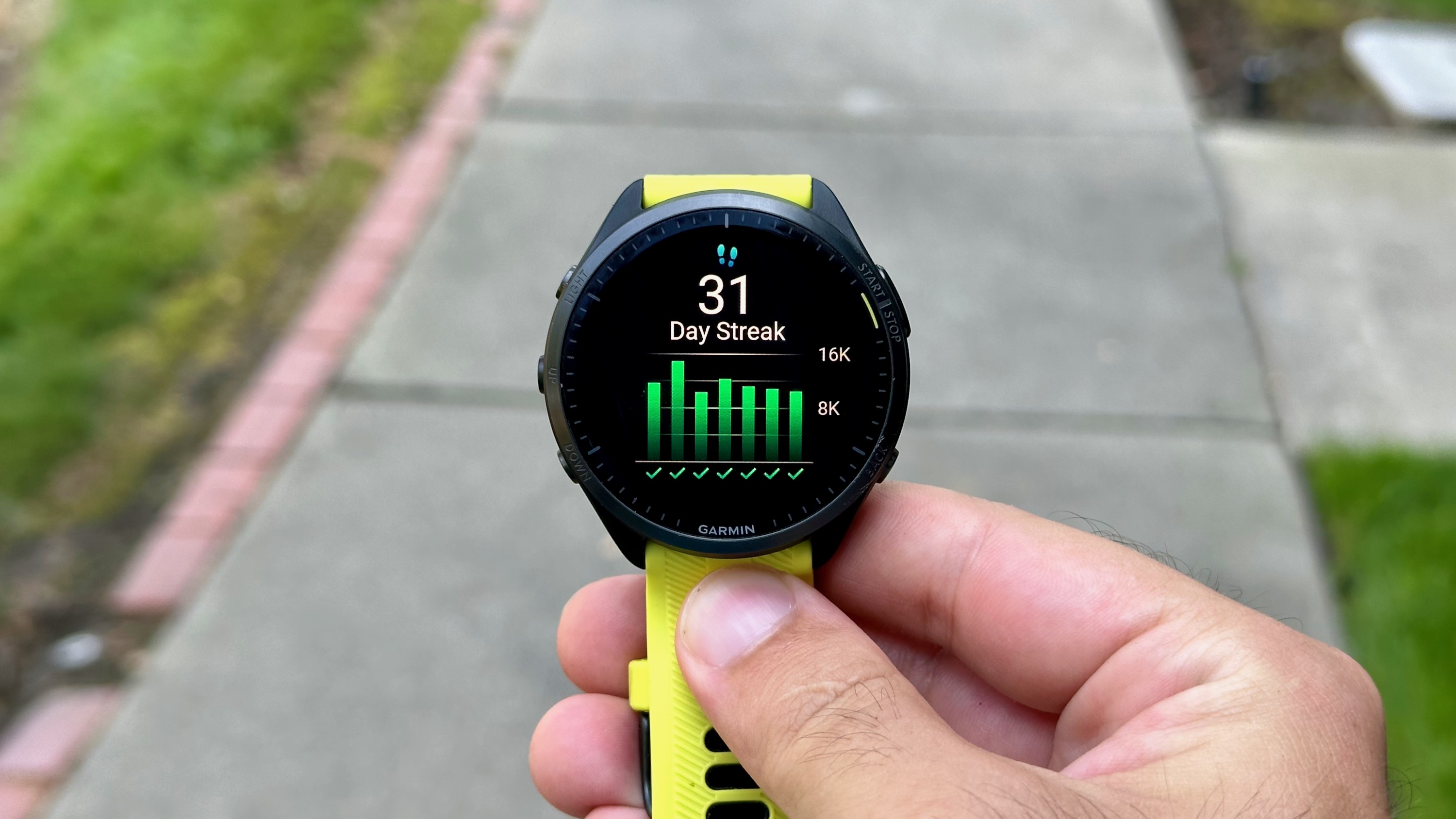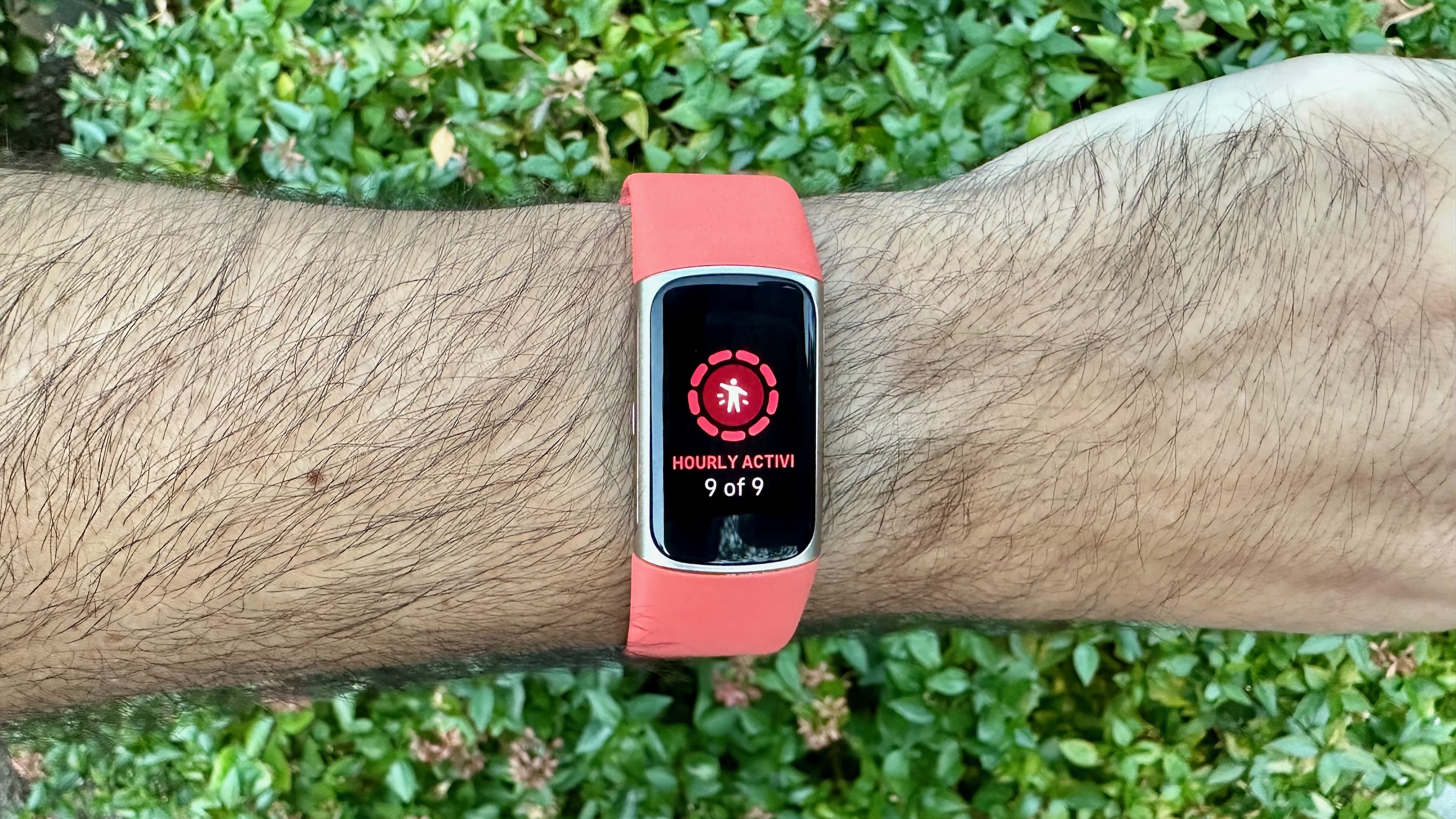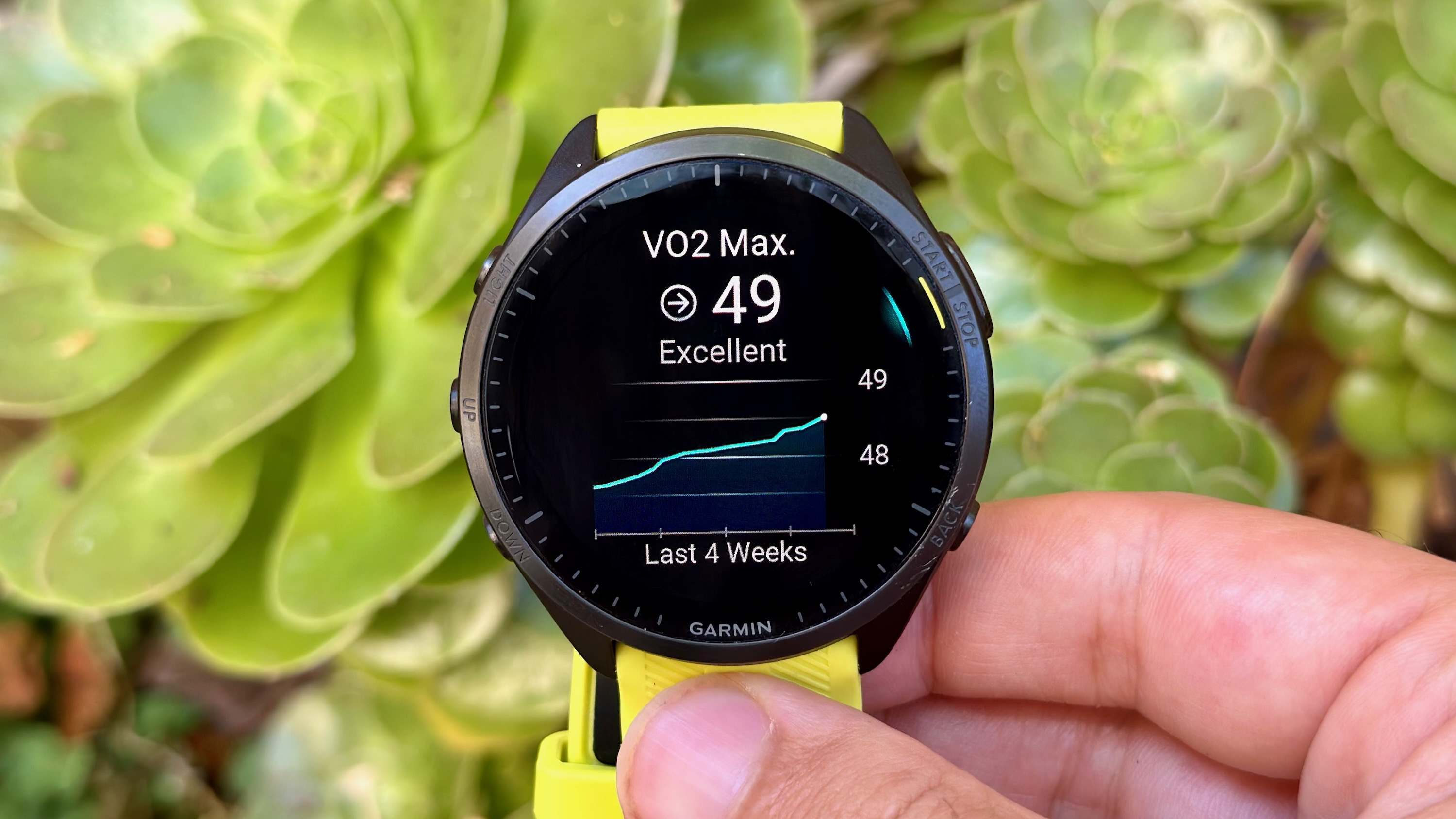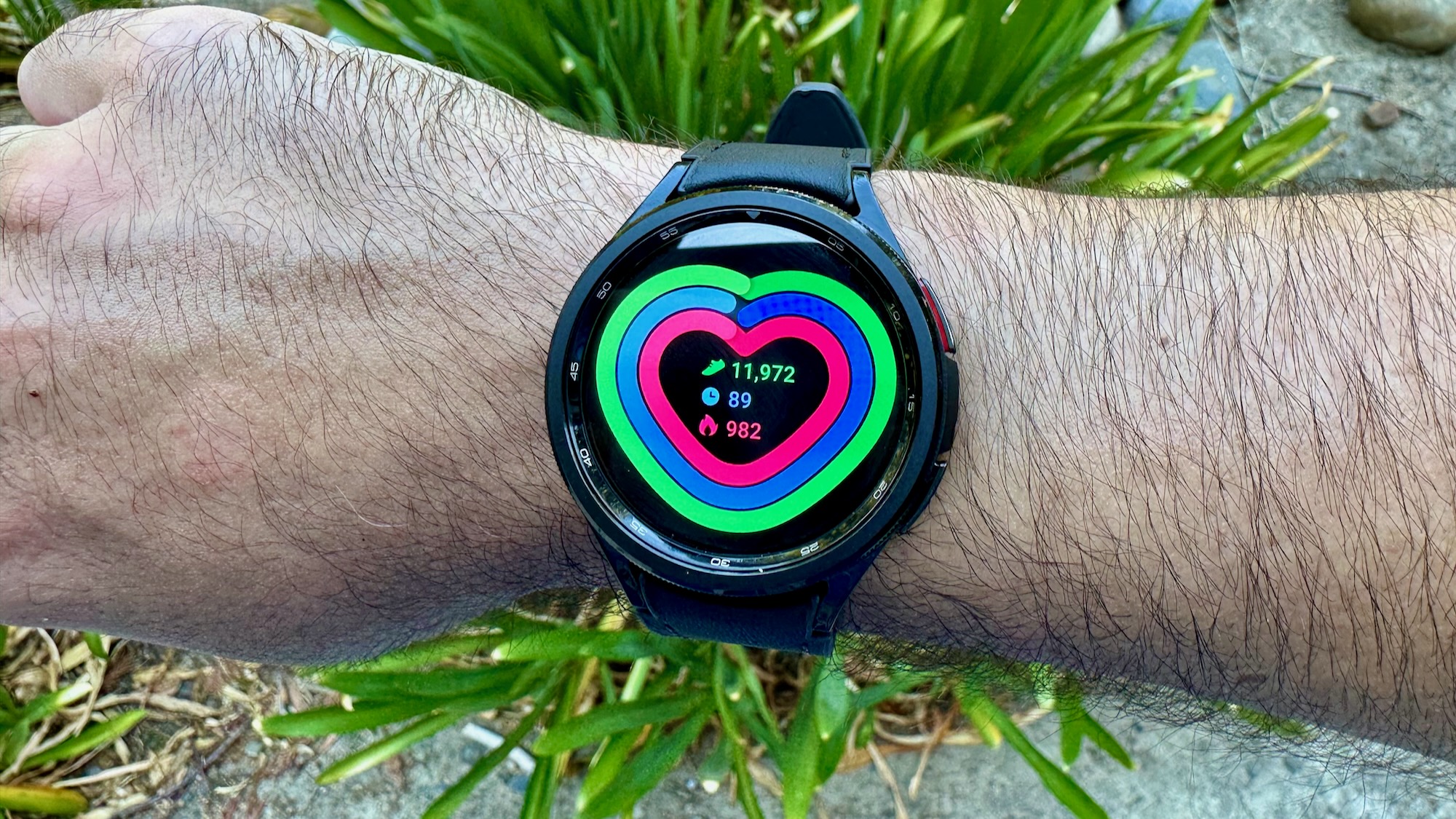Why I'm not waiting until New Year's to start my fitness resolutions
I've failed a lot of New Year's resolutions in my life. It wasn't until this year that I figured out how to succeed.

Out of everyone who starts their New Year's resolutions on January 1, nine out of 10 will fail, and nearly half fail by month's end. This may sound pessimistic, but it's better to acknowledge the reality upfront. Most people start these goals with the wrong mindset and poor planning at exactly the wrong time. And that's exactly why I'm starting my fitness resolutions today, December 1, instead.
Picture ahead a month from now. We've only just passed the winter solstice, so days are gloomily short and dark. You've spent your winter break eating rich holiday dinners, stocking candy, and meals out with old schoolmates, gaining happy memories and plenty of pounds.
You wake up tired and possibly hung over from New Year's Eve celebrations. It's cold and dark, your body is in an exhausted caloric rut, work is starting back up, and there's so much temptation to relax and keep eating.
Time to start a new fitness regimen?
Your typical holiday period may not sound like mine; maybe you don't get the week off, or it's more about taking care of kids. But giving your tired post-holiday body a nebulous 12-month goal and ratcheting up your workout routine is a recipe for disaster. No wonder most people fail!
Why starting your "New Year" now makes sense
December 1 and January 1 aren't so different from one another, at least in the U.S. You overeat on Thanksgiving and then spend the next week hunting for gifts and Cyber Monday deals, your backside firmly planted in a chair. Following that up with exercise probably doesn't sound very appealing.
Still, even if you're not especially motivated or healthy on December 1, it's not nearly as bad as on January 1. And now's the perfect time to establish good habits.
Be an expert in 5 minutes
Get the latest news from Android Central, your trusted companion in the world of Android
Getting healthy isn't solely about high-intensity workouts. Something as simple as walking 10,000 steps a day for a month, as I did earlier this year, can have immediate weight benefits — without the chance of injury or exhaustion you'd get from high-impact running or lifting weights. You don't even need to hit that specific number; most doctors find that 6,000 or 8,000 steps have a similar impact on health.
The point is that you want to establish a habit of moving now, so that by January 1, it doesn't feel like such a burden. Plus, you can make a game out of getting steps while gift-hunting at the mall or your other holiday traditions.

The same goes for following those move-reminder alerts on your fitness smartwatch. The more you fight the urge to be sedentary, the less your body will protest when you get up for a tough workout. With all the terrible problems associated with sitting, moving around frequently is arguably more important than cutting pounds.
Whatever your fitness goals are, if you've established good routines by the holidays, then you can preemptively counterbalance any holiday family feasts or restaurant trips with a long walk or tough run so your body needs those calories.
You'll also get better at waking up early when you'd rather sleep in, an important skill for when work starts up again.
One of my favorite Christmas rituals was to go running with my dad and sister on Christmas morning, then reward ourselves with French toast and unstuffed stockings afterward. I highly encourage you to build similar routines with parents, partners, or kids: make exercise, light or heavy, a normal part of your holidays, when you have free time to do so.
Give your fitness resolutions a running start, instead of waiting until January 1 when you're busy and on your own.
How to make sure your fitness resolutions succeed

Closing your smartwatch rings with step goals and move reminders is a good start, but for people without a proper routine, it isn't enough.
Motivating yourself with self-loathing only goes so far. Most New Year's resolutions start with that same undercurrent: the need to "fix" your body and past mistakes. But when things get busy, and you miss your overambitious goals, you'll fall back into old ways and pretend you never made the resolutions in the first place. Trust me, I've done this to myself plenty of times.
Things changed for me this summer, starting with my aforementioned 10,000-steps-a-day challenge and continuing with a simple strategy: running more while cutting back on high-calorie candies and alcohol. So far, I've lost about 20 pounds.
The key thing is that I never gave myself a specific weight-loss goal or demanded that I run a certain number of times per week. Instead, I motivated myself by trying to boost my VO2 Max score, aka how well my body can convert oxygen into energy to run faster.
To raise my score, I wasn't just trying to run as hard as I could every day. I had to mix ultra-fast anaerobic track sprints, normal aerobic or tempo runs, purposefully light low-aerobic jogs, or long walks and hikes for my body to improve. I never got bored by repetition, which made things more exciting instead of a chore.
Also, I specifically followed my Garmin watch's guide on when my body needed a day (or days) of recovery, focusing on what felt good to my body instead of burning out by pushing past my limits.
In other words, I made a game out of my body's health and got fitter by scoring higher. That made it much more fun and effective than merely demanding I run X miles or Y times a month. Once you fail to hit those arbitrary numbers, even once, it's hard to shake the feeling that you should give up altogether, or that it's okay to keep missing those meaningless targets.

I'm not a fitness coach, but for every person I know who's established a fitness routine that's lasted, it's about more than participation and a spreadsheet. You need a positive goal and one that allows for variety to keep you invested.
For weight-lifters, rather than trying to blindly lift more and more weight, it makes more sense to target specific muscle groups (aka leg day) on different gym visits so you don't injure yourself. Switching between exercise equipment on different days means you avoid overworking specific muscles, and you have more PB targets for different machines in weight or reps.
Swimmers can switch between strokes on different days or alternate between all-out efforts and longer, slower efforts. Maybe you can join a water polo league that (A) compels you to make time for it and (B) lets you focus on joy instead of blind effort.
If you're working out at home, a subscription like Apple Fitness Plus or Fitbit Premium can provide motivational workouts. Fitbit's app has step streaks and goal celebrations for when you keep up your efforts for long enough, so that kind of gamifying could motivate you as Garmin's VO2 score chart did for me.
Essentially, if you can't find a local running or sports club to motivate you, you'll have to find a way to motivate yourself. For me, I've found that the right fitness app is a start because it helps keep me honest, along with a smartwatch to measure my fitness levels and sleep quality. But these aren't enough. You need a measurable, attainable goal that doesn't involve doing the same monotonous workouts over and over and then adding a new checkmark to a spreadsheet.
For my not-actually-New Year's resolutions, I'm hoping to keep up my varied routine while mixing in more long hikes, bike rides, swimming, and other exercise types to keep things fun and fresh, with the goal of beating my half marathon PR later in the year. I took into account my need to have a goal to motivate me, as well as my need for variety to keep things fresh.
Find a varied, enjoyable routine now, and by the time January 1 comes, you'll already be well on your way to self-improvement.

Michael is Android Central's resident expert on wearables and fitness. Before joining Android Central, he freelanced for years at Techradar, Wareable, Windows Central, and Digital Trends. Channeling his love of running, he established himself as an expert on fitness watches, testing and reviewing models from Garmin, Fitbit, Samsung, Apple, COROS, Polar, Amazfit, Suunto, and more.
